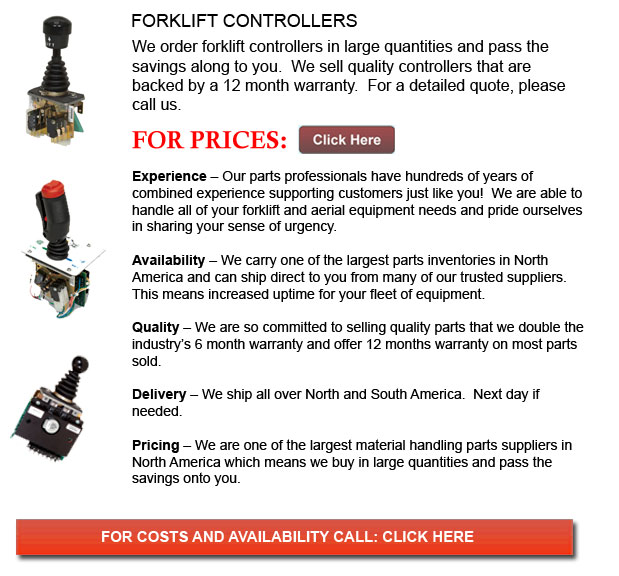
Controller for Forklift - Forklifts are available in different load capacities and different units. Most forklifts in a standard warehouse setting have load capacities between 1-5 tons. Larger scale models are used for heavier loads, like for instance loading shipping containers, may have up to 50 tons lift capacity.
The operator can utilize a control to be able to raise and lower the tines, which are also called "forks or tines." The operator could also tilt the mast in order to compensate for a heavy load's tendency to tilt the tines downward to the ground. Tilt provides an ability to operate on rough surface as well. There are yearly competitions intended for skillful forklift operators to compete in timed challenges and obstacle courses at local forklift rodeo events.
All forklifts are rated for safety. There is a specific load maximum and a specific forward center of gravity. This very important info is provided by the manufacturer and situated on the nameplate. It is essential loads do not go over these specifications. It is prohibited in many jurisdictions to interfere with or remove the nameplate without getting consent from the forklift maker.
Nearly all forklifts have rear-wheel steering so as to increase maneuverability. This is specifically helpful within confined areas and tight cornering areas. This kind of steering varies fairly a little from a driver's first experience along with various motor vehicles. For the reason that there is no caster action while steering, it is no essential to utilize steering force in order to maintain a constant rate of turn.
One more unique characteristic common with lift truck operation is instability. A constant change in center of gravity occurs between the load and the lift truck and they should be considered a unit during utilization. A forklift with a raised load has centrifugal and gravitational forces which may converge to cause a disastrous tipping mishap. In order to prevent this from happening, a forklift must never negotiate a turn at speed with its load elevated.
Forklifts are carefully designed with a certain load limit intended for the forks with the limit lessening with undercutting of the load. This means that the load does not butt against the fork "L" and would decrease with the rise of the blade. Normally, a loading plate to consult for loading reference is positioned on the forklift. It is dangerous to make use of a lift truck as a personnel hoist without first fitting it with certain safety tools like for example a "cherry picker" or "cage."
Forklift use in warehouse and distribution centers
Important for any distribution center or warehouse, the forklift should have a safe setting in which to accommodate their efficient and safe movement. With Drive-In/Drive-Thru Racking, a lift truck must travel in a storage bay that is several pallet positions deep to put down or obtain a pallet. Operators are normally guided into the bay through rails on the floor and the pallet is positioned on cantilevered arms or rails. These confined manoeuvres require skilled operators in order to do the job safely and efficiently. Since each and every pallet needs the truck to enter the storage structure, damage done here is more frequent than with different kinds of storage. Whenever designing a drive-in system, considering the measurements of the blade truck, including overall width and mast width, have to be well thought out to be able to make sure all aspects of a safe and effective storage facility.
![]() Click to Download the pdf
Click to Download the pdf
Forklift Parts
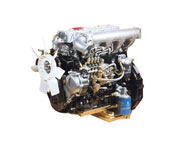
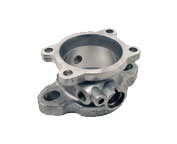
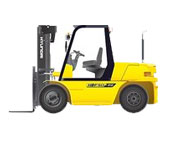
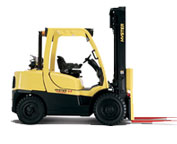
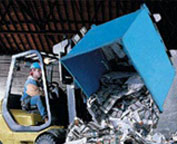
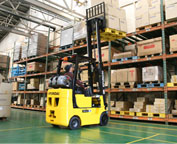
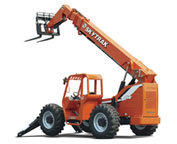
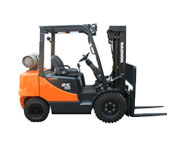
Lift Parts Express
TOLL FREE: 1-888-695-7994
LOCAL: 916-529-4758
2386 Fair Oaks Boulevard Ste. 100
Sacramento, California
forkliftpartssacramento.com
Email Us
About Us


